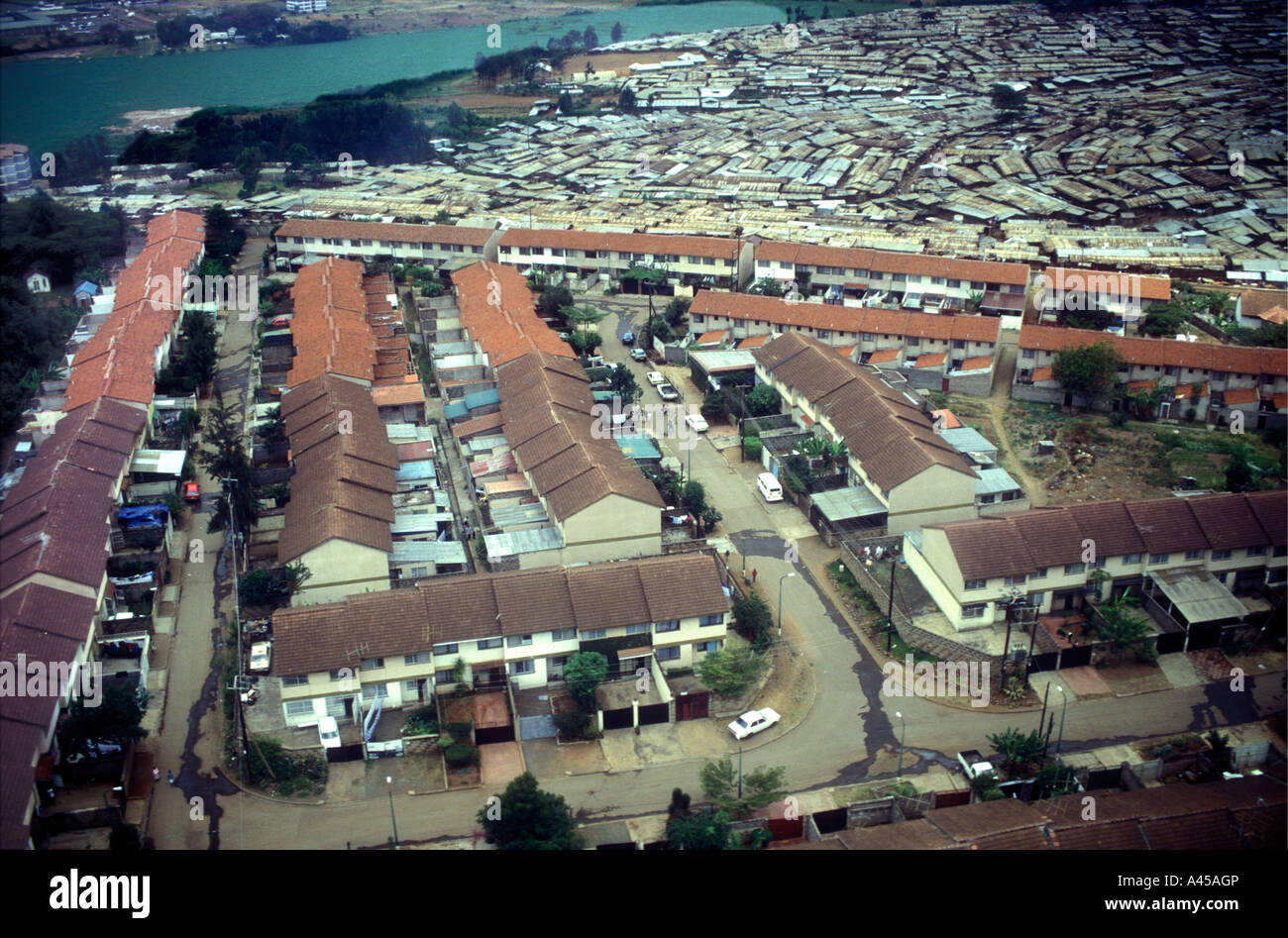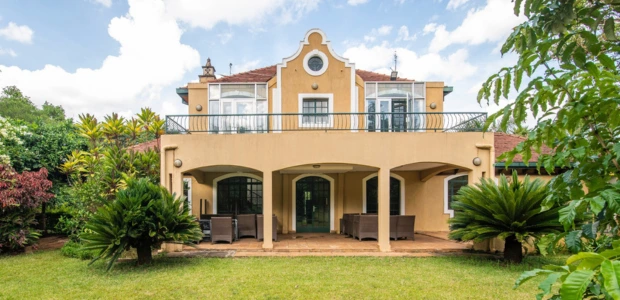Priced Out: Kenya's Middle-Class Housing Nightmare

Kenya's middle class faces an unprecedented housing crisis that threatens to hollow out the economic backbone of the country. Despite earning decent salaries, millions of middle-income Kenyans find themselves trapped between slum conditions they've outgrown and luxury housing they cannot afford, creating a housing purgatory that stifles economic growth and social mobility.
The Numbers Don't Add Up
The demand for middle-income housing in Nairobi was estimated at 18,000 units, expected to grow at a 5.4% rate to reach 23,400 units by 2024. However, the supply-demand mismatch has created astronomical prices that mock the concept of "affordable" housing. Townhouses average KES 38.63 million, while maisonettes cost KES 26.08 million, with high-end townhouses reaching KES 59 million.
For a country where the average monthly income is approximately $590, these prices represent more than a decade's worth of gross earnings for a typical middle-class family. Even with financing, mortgage interest rates reaching 14% make homeownership a mathematical impossibility for most.
The Rental Trap
Unable to buy, Kenya's middle class has become a generation of permanent renters, pouring money into properties they'll never own while landlords capitalize on the housing shortage. This rental dependency creates financial insecurity and prevents wealth accumulation, trapping families in a cycle where they fund other people's investments while building none of their own.
The situation has become so dire that middle-class families are competing with slum upgrading programs for affordable units, leading to the perverse outcome where subsidized housing intended for the poor ends up occupied by middle-income earners who can navigate bureaucratic systems and afford unofficial payments.
A Crisis of Priorities
Kenya's real estate industry faces reports that many developers cannot sell houses due to unaffordable prices, creating a housing glut at the top while shortages persist in the middle and bottom segments. This disconnect reveals a market failure where speculation and luxury development take precedence over meeting actual housing needs.
The Kenya Mortgage Refinance Company, incorporated in 2018 to provide affordable long-term financing, has failed to meaningfully impact accessibility for middle-income earners. Private developers continue focusing on high-end projects that offer better profit margins, leaving the middle class underserved.
Kenya's middle-class housing crisis represents more than a market failure – it's a threat to social stability and economic progress that demands immediate, comprehensive policy intervention.
The Numbers Don't Add Up
The demand for middle-income housing in Nairobi was estimated at 18,000 units, expected to grow at a 5.4% rate to reach 23,400 units by 2024. However, the supply-demand mismatch has created astronomical prices that mock the concept of "affordable" housing. Townhouses average KES 38.63 million, while maisonettes cost KES 26.08 million, with high-end townhouses reaching KES 59 million.
For a country where the average monthly income is approximately $590, these prices represent more than a decade's worth of gross earnings for a typical middle-class family. Even with financing, mortgage interest rates reaching 14% make homeownership a mathematical impossibility for most.
The Rental Trap
Unable to buy, Kenya's middle class has become a generation of permanent renters, pouring money into properties they'll never own while landlords capitalize on the housing shortage. This rental dependency creates financial insecurity and prevents wealth accumulation, trapping families in a cycle where they fund other people's investments while building none of their own.
The situation has become so dire that middle-class families are competing with slum upgrading programs for affordable units, leading to the perverse outcome where subsidized housing intended for the poor ends up occupied by middle-income earners who can navigate bureaucratic systems and afford unofficial payments.
A Crisis of Priorities
Kenya's real estate industry faces reports that many developers cannot sell houses due to unaffordable prices, creating a housing glut at the top while shortages persist in the middle and bottom segments. This disconnect reveals a market failure where speculation and luxury development take precedence over meeting actual housing needs.
The Kenya Mortgage Refinance Company, incorporated in 2018 to provide affordable long-term financing, has failed to meaningfully impact accessibility for middle-income earners. Private developers continue focusing on high-end projects that offer better profit margins, leaving the middle class underserved.
Kenya's middle-class housing crisis represents more than a market failure – it's a threat to social stability and economic progress that demands immediate, comprehensive policy intervention.

.jpg)


